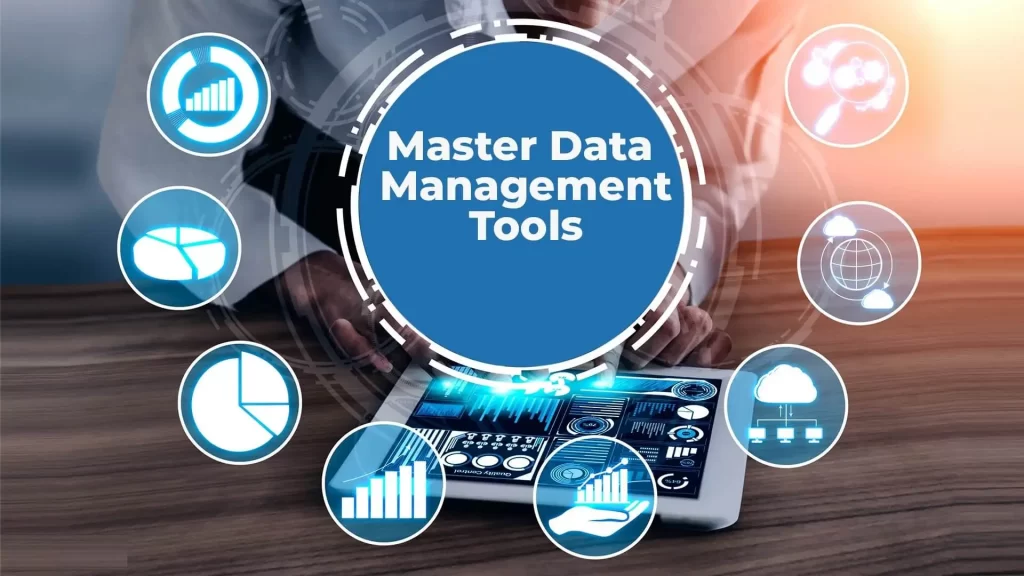Mastering Data Curation – Your Path to Reliable, Trustworthy, and Actionable Insights
In today’s digital era, where data is generated and consumed at an unprecedented rate, the challenge lies not only in amassing vast amounts of information but also in ensuring its quality, reliability, and usability.
This is where the practice of data curation comes into play, offering a structured and methodical approach to refining, organizing, and enhancing raw data into a valuable asset for making informed decisions.
In this comprehensive article, we will discuss the crucial role of data curation in the modern data landscape, its multifaceted benefits, and practical strategies for implementing effective data curation practices.

Unveiling the Power of Data Curation
At its core, data curation can be described as the art and science of transforming raw and often chaotic data into a polished and coherent resource. Unlike the process of data collection, which primarily focuses on the accumulation of information, data curation is concerned with enhancing data quality and relevance, thereby elevating its value and utility.
By meticulously curating data, organizations can transcend the limitations of mere data gathering and unlock a trove of insights that drive strategic decision-making.
Curation vs. Collection: Why Data Curation Matters
Data curation distinguishes itself from data collection through its emphasis on data quality assurance and enrichment.
While data collection involves gathering information from various sources, data curation involves a series of deliberate steps aimed at ensuring data accuracy, completeness, and contextual relevance.
This meticulous process of refining raw data is what sets data curation apart and makes it a pivotal component of a robust data management strategy.
Benefits That Pack a Punch
Unlocking Reliable Insights: Data curation mitigates inaccuracies and inconsistencies that can plague raw data, thereby producing reliable and trustworthy insights that serve as a solid foundation for decision-making.
Boosting Trustworthiness: Through careful validation and verification, data curation builds a strong sense of trust in the data, enabling stakeholders to have confidence in the information they are working with.
Streamlining Actionable Intelligence: By organizing and enriching data, data curation transforms it into actionable intelligence, allowing organizations to derive meaningful conclusions and make informed choices.
Navigating the Data Curation Landscape
Quality Checkpoint: Rigorous quality checks help identify and rectify data anomalies, ensuring that the curated data is accurate and reliable.
Formatting Finesse: Standardizing data formats simplifies integration and enhances data interoperability across different systems and platforms.
Metadata Magic: Adding descriptive metadata provides crucial context to the data, enabling users to understand its origin, purpose, and limitations.
Version Control: Implementing version control safeguards against data versioning issues, ensuring that the most up-to-date and accurate data is utilized.
Strategies for Effective Data Curation
Strategic Sourcing: Careful selection of data sources ensures that the curated data aligns with the organization’s objectives and desired outcomes.
Data Scrubbing: Cleaning up noisy and inconsistent data through validation, normalization, and deduplication enhances data accuracy and reliability.
Data Enrichment: Supplementing data with additional information, such as geographic coordinates or demographic data, enriches the dataset and provides deeper insights.
Long-term Preservation: Implementing data archiving and retention strategies ensures that curated data remains accessible and usable over extended periods.
Data Curation Tools that Make a Difference
Data Curation Tools: Various tools cater to different aspects of data curation, from data cleaning and validation to metadata management and version control.
The Game Changers: Leading tools offer features like automated data cleansing, intuitive metadata tagging, and robust version tracking, streamlining the data curation process.
Crafting Your Data Curation Roadmap
Defining Objectives: Clearly articulate your data curation goals and align them with the organization’s broader data strategy to ensure focused and purpose-driven efforts.
Team Collaboration: Foster collaboration among cross-functional teams, involving data scientists, analysts, and domain experts to leverage diverse perspectives and insights.
Continuous Iteration: Regularly review and refine your data curation strategy based on evolving needs, technological advancements, and changing data landscapes.
Conclusion
In the dynamic world of data-driven decision-making, data curation stands as a crucial pillar that elevates raw data to the status of a strategic asset. Through meticulous quality checks, formatting finesse, metadata enrichment, and effective sourcing, data curation empowers organizations to harness the full potential of their data. By embracing data curation practices, businesses can navigate the complexities of the data landscape with confidence, ensuring that the information driving their decisions is reliable, trustworthy, and actionable.

Shawn Davis is a wonderful person. He is very nice and always willing to help out! He loves his job because it lets him share interesting things with people who want to know about new developments in the world of technology.







